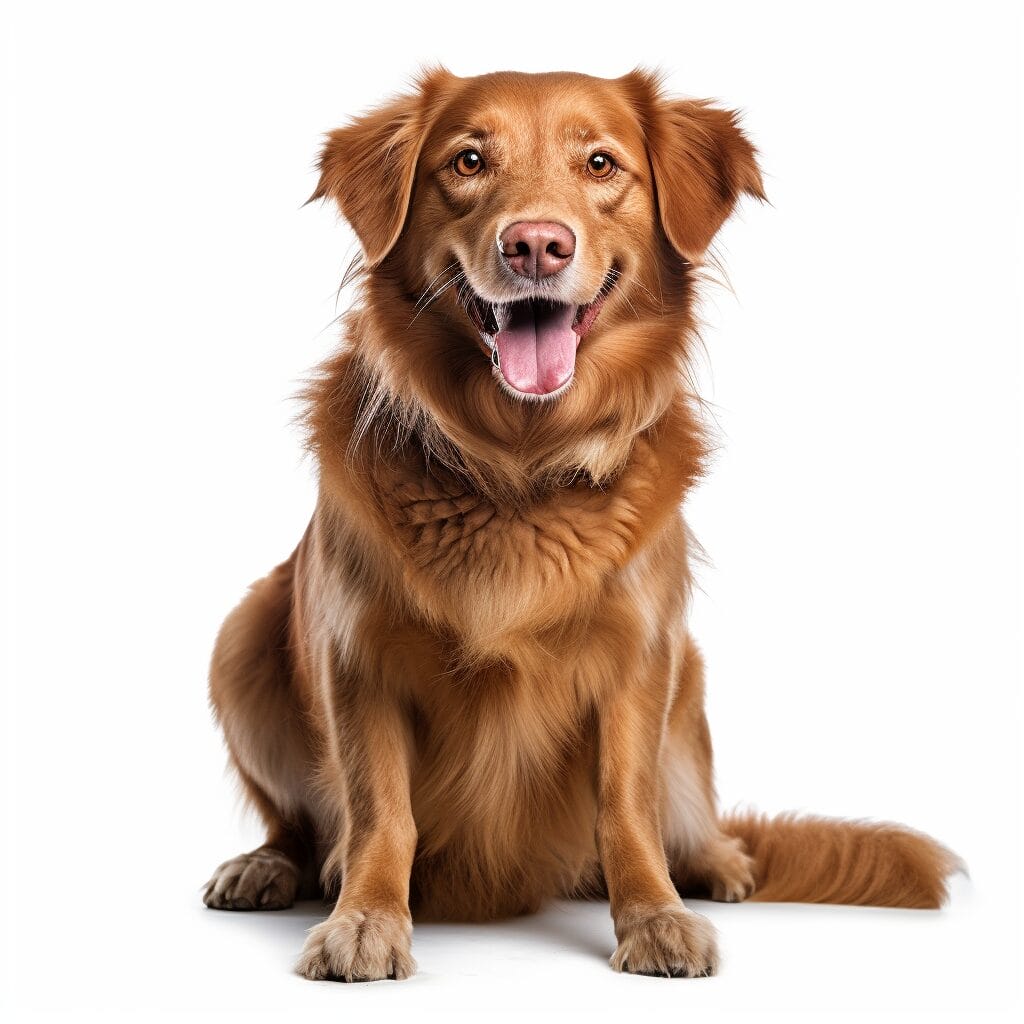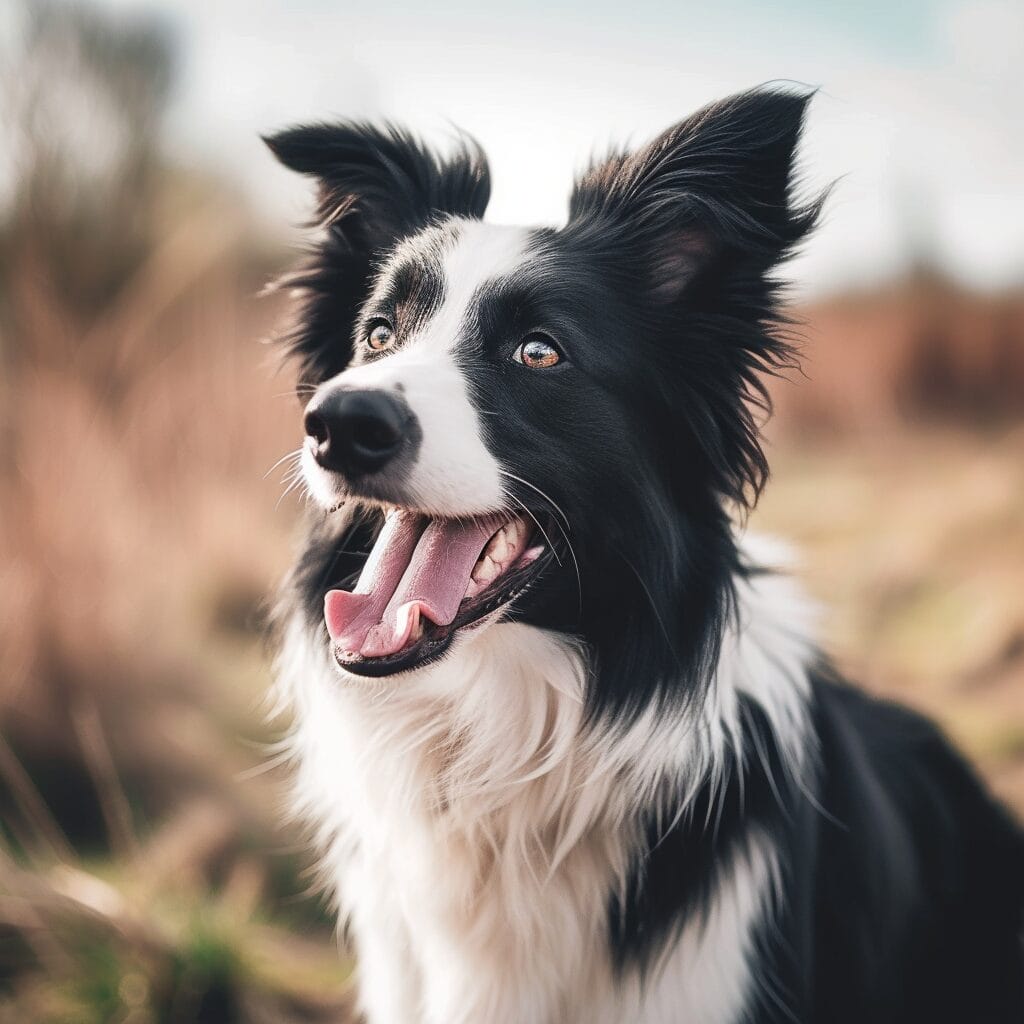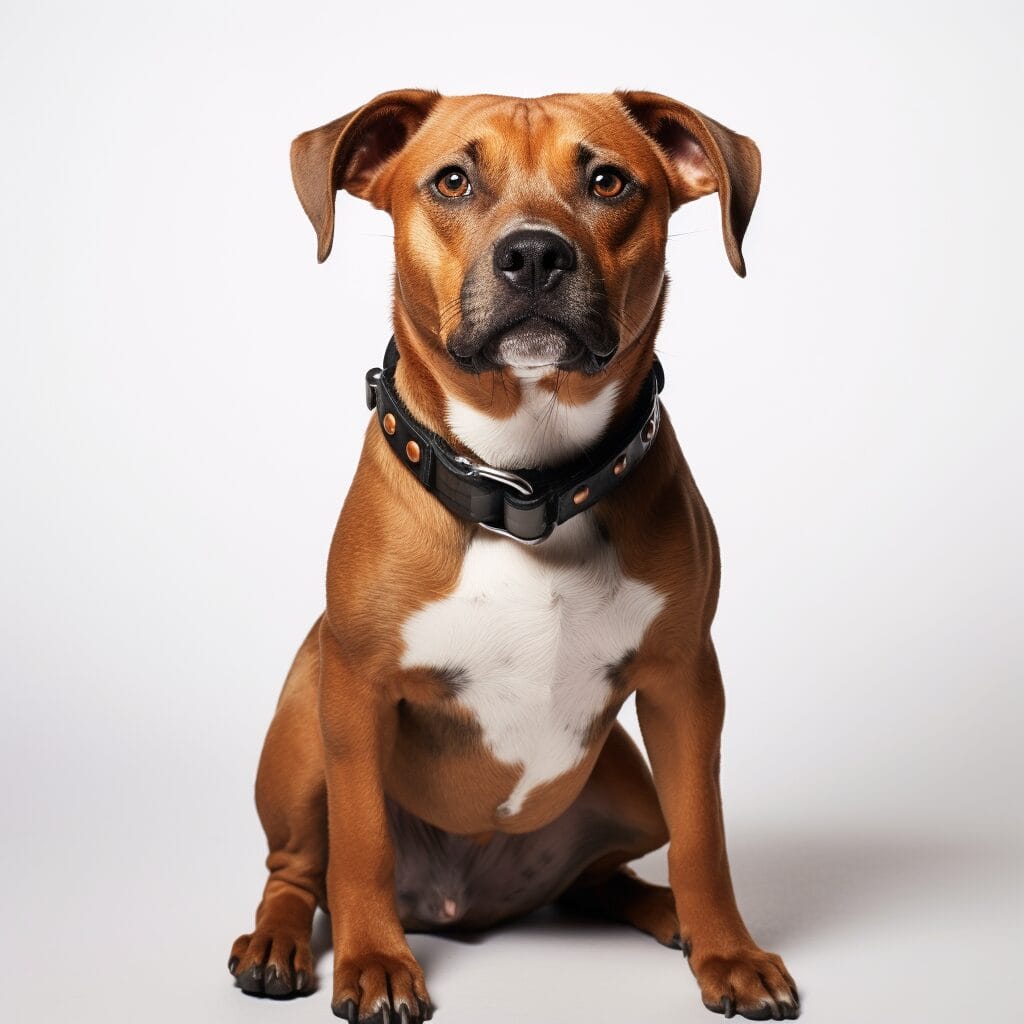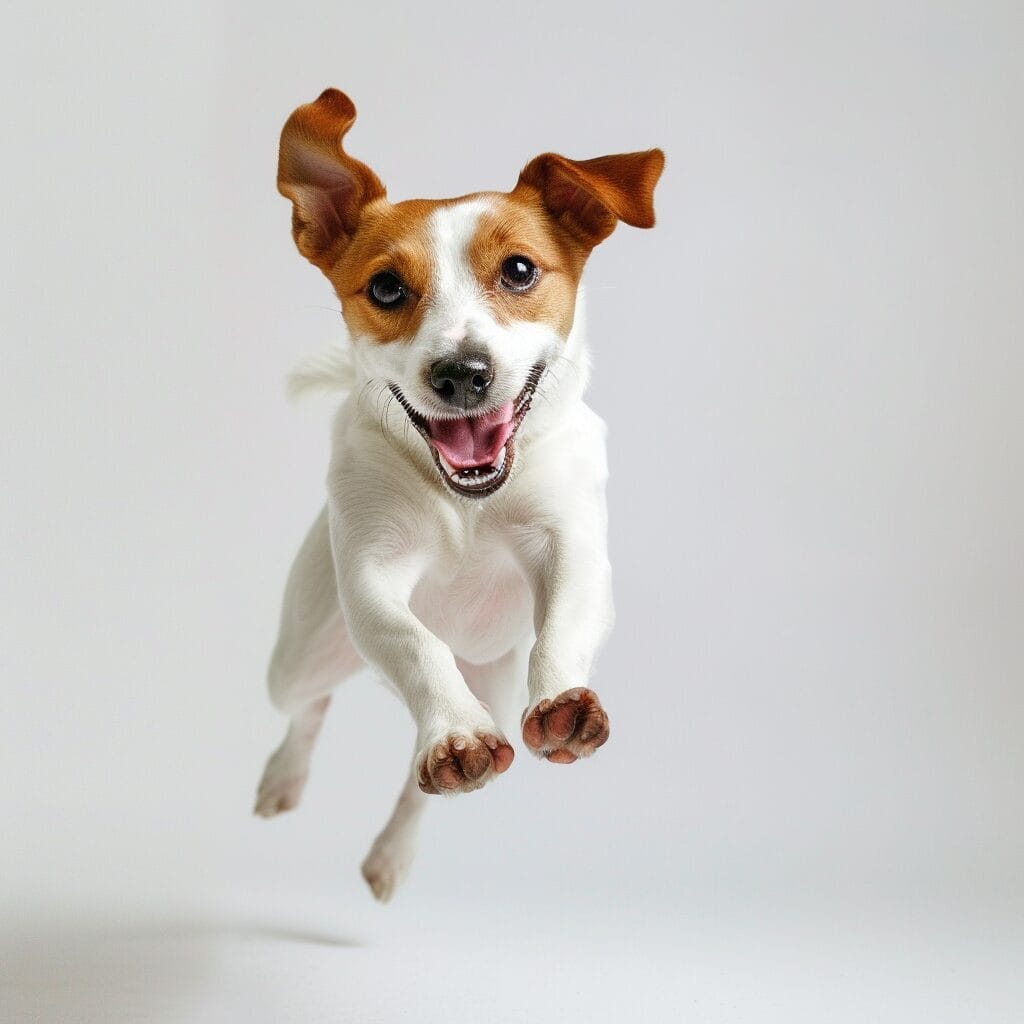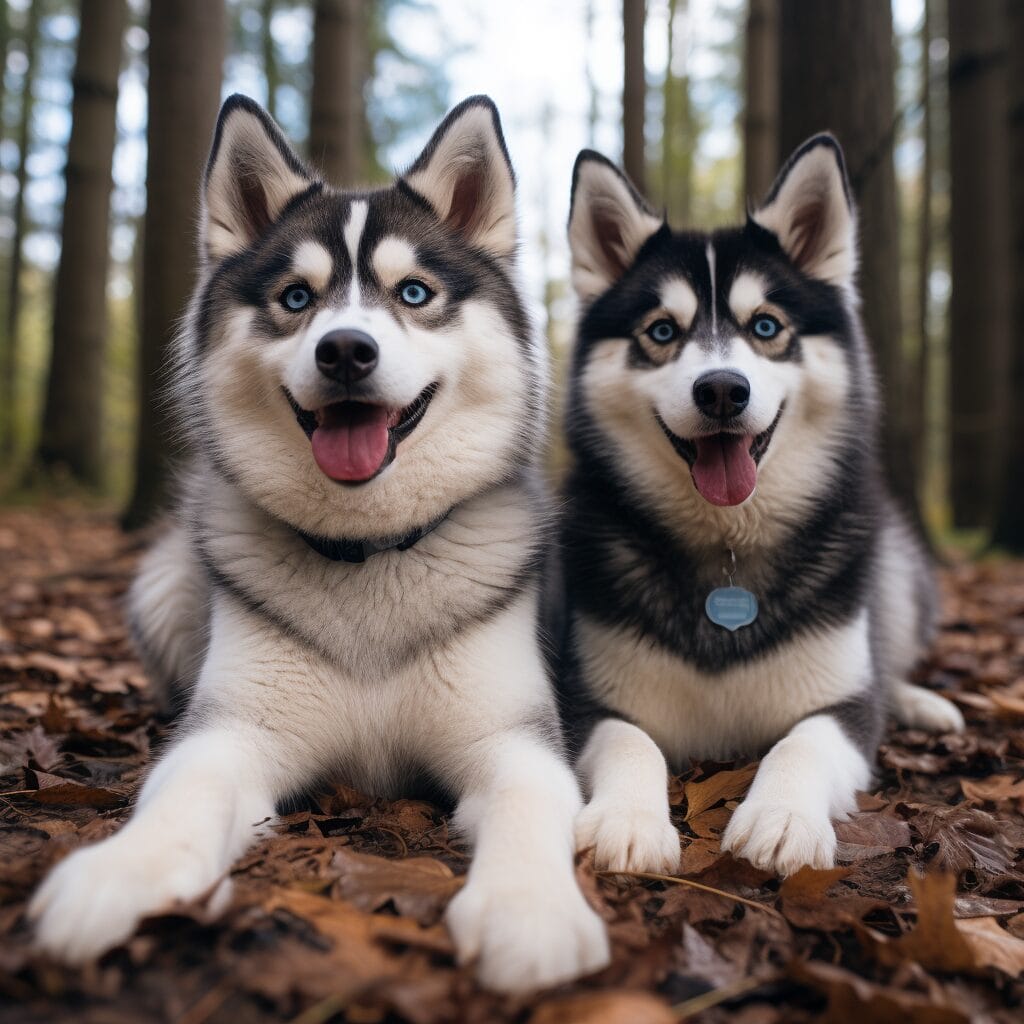As a pet owner, ensuring the well-being of your senior dog is paramount. Understanding the signs of good health, normal aging, and behavior changes in older dogs is essential for providing them with proper care and attention. From maintaining a healthy weight to monitoring their energy levels, appetite, and symptoms, there are several indicators that can help you assess your senior dog’s overall health. Regular veterinary check-ups and observing their behavior for any changes, dental health, health conditions, and health problems are also crucial aspects of keeping your aging canine companion in good shape. In this post, we will delve into the key signs that indicate your senior dog is healthy, empowering you to make informed decisions about their wellness and life.
Signs Your Senior Dog is Healthy
Recognizing Signs of Aging in Dogs

Gray Hair and Loss of Muscle Tone
As dogs age, they may develop graying around their muzzle, eyes, or other areas. This change in fur color is a common sign of normal aging in dogs. Senior dogs might experience symptoms, such as a noticeable loss of muscle tone, which can make them appear less defined or more saggy compared to when they were younger. These physical changes are often visible symptoms that a dog is entering its golden years.
Some dog breeds may exhibit these symptoms earlier than others due to genetic factors. For example, large breed dogs such as Great Danes may start showing symptoms of aging at around 6-7 years old, while smaller breeds like Chihuahuas might not show significant changes until they are 10-12 years old.
Decreased Energy Levels and Slower Movements
Another key indicator that a dog is entering its senior years is the development of decreased energy levels, slower movements, and symptoms. As dogs get older, they tend to become less active and energetic compared to when they were younger pups. They may also take longer naps throughout the day and require more rest after physical activities such as walks or playtime.
For pet owners observing these changes in their canine companions, it’s important to understand that this decrease in energy levels is part of the natural aging process for many dog breeds. However, sudden or drastic changes should prompt a visit to the vet for further evaluation.
Changes in Appetite or Weight
Changes in appetite and weight can also serve as critical indicators of aging in dogs. Senior dogs may experience alterations in their eating habits – some may have reduced appetites while others might display an increased interest in food due to changing metabolic needs associated with getting older.
Moreover, fluctuations in weight can occur as well; some senior dogs might struggle with maintaining a healthy weight despite consuming regular meals while others could face challenges with excessive weight gain due to reduced activity levels combined with unchanged feeding patterns.
It’s essential for pet owners to monitor their senior dog’s eating behaviors closely and consult with a vet if any concerning shifts arise regarding appetite or body condition score (BCS).
Weight Management in Healthy Senior Dogs
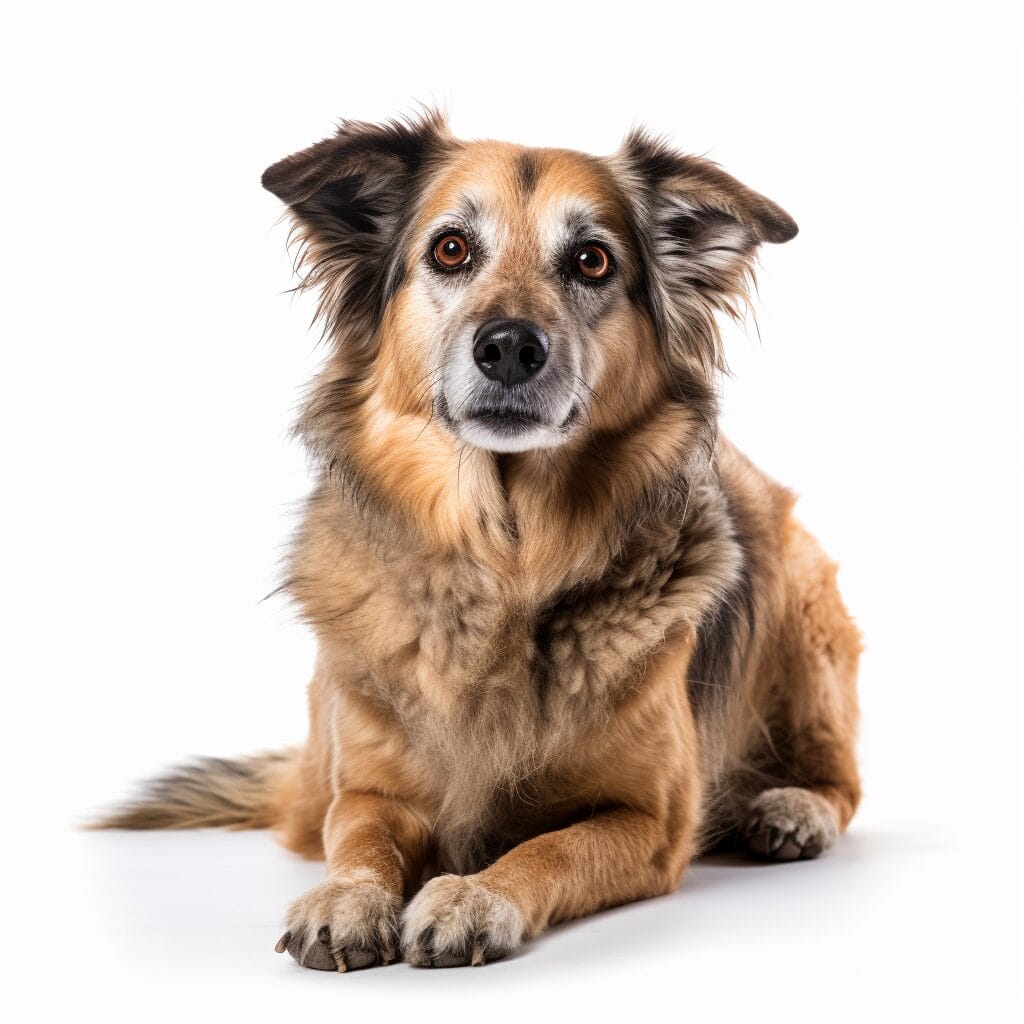
Importance of Maintaining Weight
Maintaining a healthy weight is crucial for senior dog health. Just like humans, senior dogs are prone to weight gain or weight loss, which can significantly impact their overall well-being. An overweight senior dog may experience joint pain, reduced mobility, and an increased risk of developing chronic conditions such as diabetes and heart disease. On the other hand, if a senior dog loses too much weight, it could indicate underlying health issues that need to be addressed promptly.
Proper nutrition and portion control are essential for managing weight in senior dogs. Ensuring that your senior dog’s diet is tailored to their specific needs can help them maintain a healthy weight. This includes providing them with high-quality food that is rich in nutrients but lower in calories to accommodate their reduced activity levels.
Regular veterinary check-ups play a crucial role in monitoring weight changes in senior dogs. During these visits, veterinarians can assess your dog’s body condition score and provide guidance on appropriate feeding amounts based on their age, size, and activity level.
Monitoring Your Senior Dog’s Weight
It’s important to keep an eye out for any sudden changes in your senior dog’s weight as this could be indicative of an underlying issue. For instance, unexplained weight loss might be a sign of dental problems or gastrointestinal issues requiring medical attention.
On the other hand, gradual or sudden weight gain may signal overfeeding or lack of physical exercise. In some cases, it could also point towards thyroid dysfunction or hormonal imbalances that need professional evaluation by a veterinarian.
To monitor your senior dog’s weight at home:
- Use a scale designed for pets to track changes accurately.
- Pay attention to how easily you can feel your pet’s ribs without pressing too hard; this can give you insights into whether they’re underweight or overweight.
- Keep an eye on any visible changes in body shape such as protruding bones or excessive fat deposits around the abdomen area.
Physical Activity and Mobility Assessments
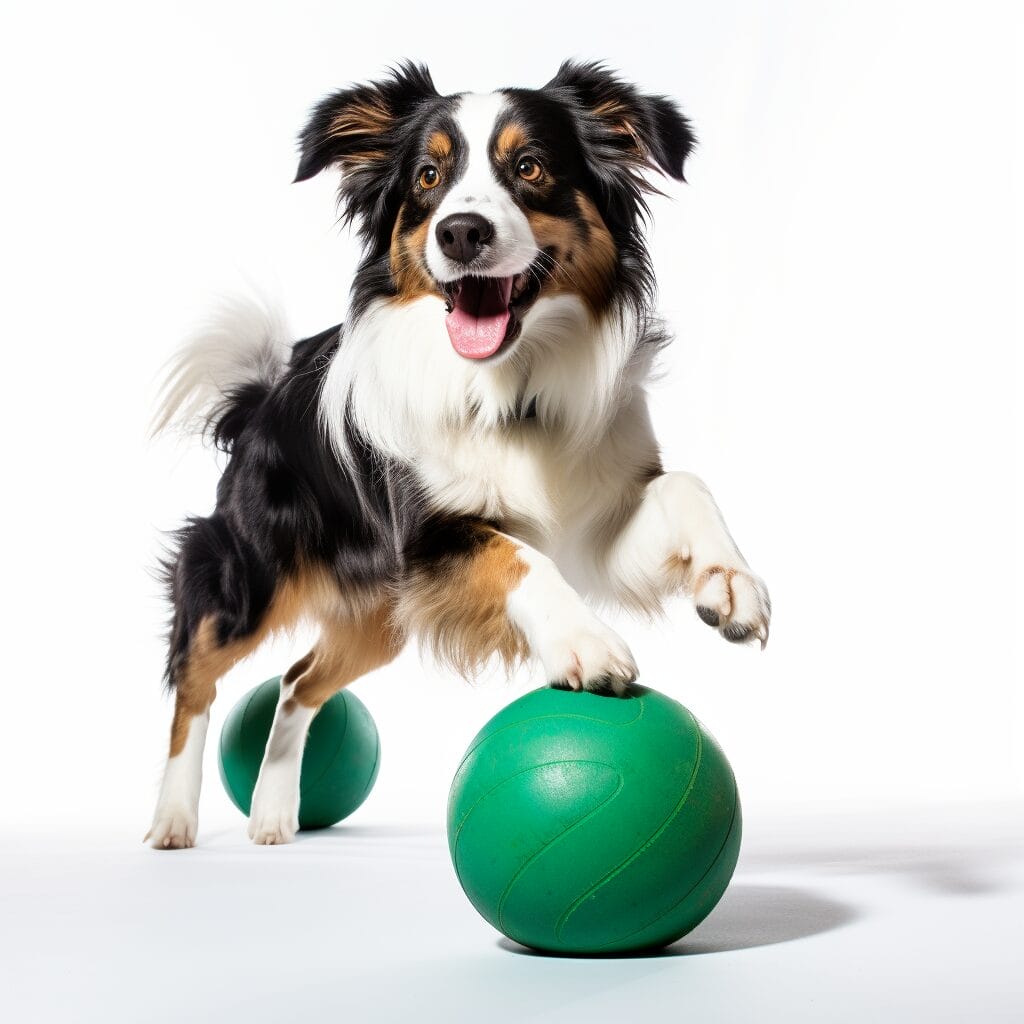
Importance of Regular Exercise
Senior dogs require regular exercise to maintain their mobility and overall health. Engaging in activities such as short walks, gentle play, or swimming can help keep their joints supple and muscles strong. This level of physical activity is crucial for preventing stiffness and maintaining a healthy weight.
Regular exercise also plays a key role in promoting good cardiovascular health in senior dogs. It helps improve blood circulation, which is essential for delivering oxygen and nutrients to all parts of the body. It aids in managing stress levels and keeping mental faculties sharp.
Recognizing Mobility Issues
One way to assess the physical well-being of senior dogs is by observing their activity level and mobility. Difficulty climbing stairs, reluctance to jump onto furniture or into the car, or struggling to rise from a lying position may indicate underlying mobility issues.
Another sign that warrants attention is an increase in accidents inside the house. Senior dogs experiencing discomfort or pain due to reduced mobility may have difficulty controlling their bladder or bowels when trying to move quickly.
Monitoring a senior dog’s gait while walking can provide valuable insights into potential joint problems or muscle weakness. An irregular gait, limping, favoring one leg over another, or signs of stiffness during movement could be indicative of underlying issues that need addressing promptly.
Tips for Monitoring Physical Well-being
To ensure your senior dog maintains optimal physical health:
- Maintain a consistent exercise routine tailored to your dog’s age and abilities.
- Keep an eye out for any changes in your dog’s ability to perform regular activities like walking up stairs.
- Schedule regular veterinary check-ups focusing on assessing joint health and mobility.
- Consider incorporating low-impact exercises such as swimming into your dog’s routine.
Monitoring Sensory Changes in Aging Dogs

Changes in Hearing and Vision
As dogs age, it’s crucial to monitor their hearing and vision. Increased sensitivity to touch or decreased response to commands could indicate sensory changes. For instance, if a senior dog seems unresponsive when called or doesn’t react to familiar sounds, it might signal hearing loss. Similarly, if they bump into objects more often or seem disoriented in familiar surroundings, it could be an indication of vision loss.
Regular eye and ear examinations are essential for detecting these sensory changes. Any signs of discomfort or unusual behavior related to hearing or vision should prompt a visit to the veterinarian for further evaluation.
Touch Sensitivity and Response
Apart from hearing and vision changes, monitoring a senior dog’s sensitivity to touch is also important. As dogs age, they may become more sensitive to touch due to conditions like arthritis or other joint issues. On the other hand, some aging dogs may exhibit decreased responsiveness when given commands.
For example:
- A senior dog that used to enjoy being petted but now shows signs of discomfort may be experiencing increased touch sensitivity.
- If a once obedient dog starts ignoring commands that were previously well understood, this change in response warrants attention.
Regular physical activity assessments can complement the observation of these sensory changes by providing insights into how your senior dog moves and behaves during activities such as walking or playing.
Behavioral Signs of Well-being in Senior Dogs
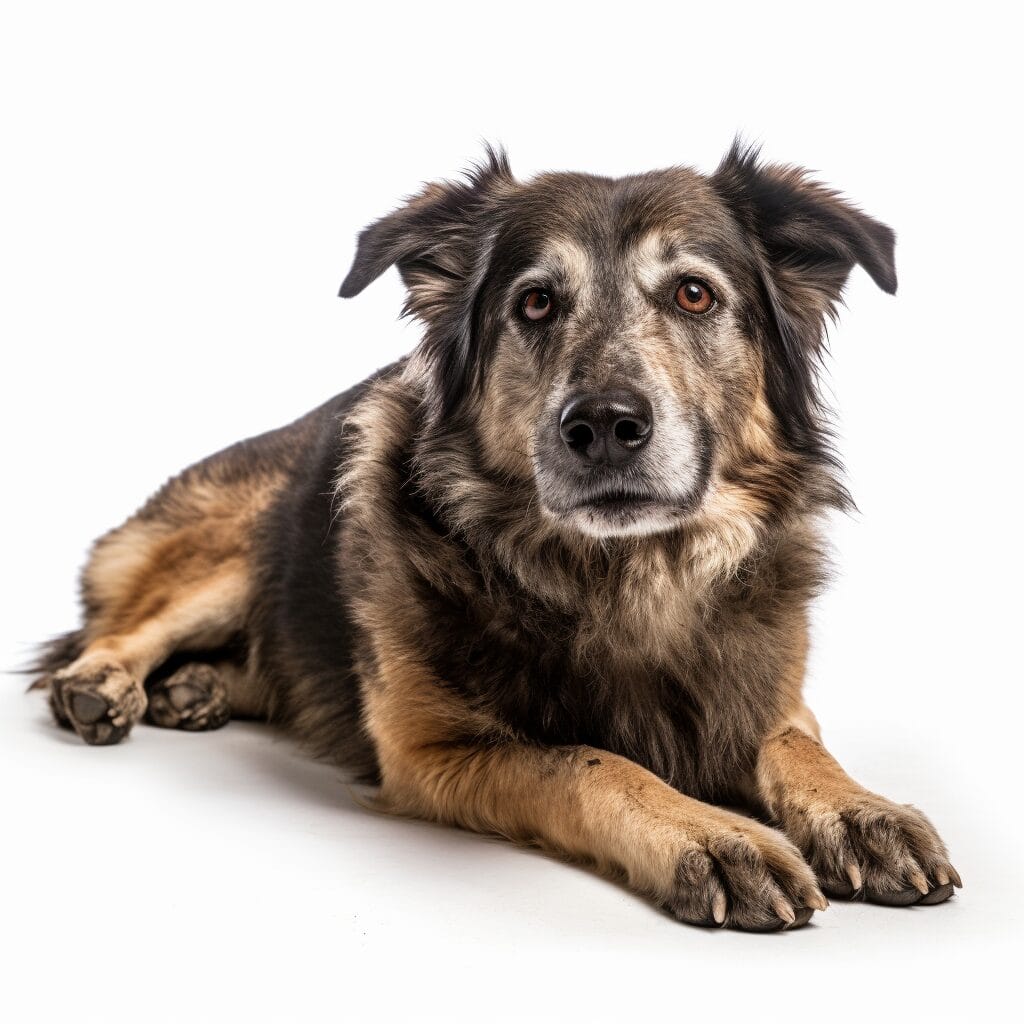
Positive Behavioral Indicators
Contentment, relaxation, and engagement with surroundings are positive behavioral signs in senior dogs. When a senior dog appears content, relaxed, and interested in its environment, it often indicates good health. For example, if the dog is enjoying its walks, playing with toys, or interacting positively with family members or other pets, these are all indications of well-being.
Maintaining regular routines can contribute to the overall well-being of senior dogs. Consistency in feeding times, exercise schedules, and social interactions helps keep them mentally stimulated and engaged. Providing mental stimulation through puzzle toys or short training sessions can help keep their minds active and healthy.
Negative Behavioral Indicators
Changes in sleep patterns or increased anxiety may indicate discomfort or stress in senior dogs. If a previously calm dog becomes anxious without any apparent reason or starts sleeping excessively during the day instead of being alert and engaging with its surroundings as usual could be a sign that something isn’t quite right.
It’s essential to pay attention to behavior changes such as irritability towards people or other animals within the household. This might indicate pain or discomfort caused by an underlying health issue that needs addressing promptly.
Oral and Skin Health Maintenance

Importance of Dental Care
Regular dental health care is crucial for maintaining the oral health of senior dogs. Without proper attention, they can develop issues such as bad breath, tooth loss, and even more serious dental problems. Providing appropriate dental treats or toys, along with regular brushing, helps to keep their teeth and gums healthy.
Senior dogs may require additional veterinary care for their oral health. This could involve professional cleanings or treatments to address any existing dental issues. It’s important for pet owners to be aware of the signs that indicate a need for extra dental care, such as changes in eating habits or excessive drooling.
Monitoring Skin Health
Dry, flaky skin or changes in coat quality may indicate skin health issues in senior dogs. Grooming and regular inspections are essential for monitoring the overall skin health of senior dogs. By paying close attention to any changes in their skin condition, pet owners can promptly address potential concerns by seeking veterinary advice.
Skin issues can often be managed through dietary changes tailored to meet the specific nutritional needs of senior dogs. Environmental factors also play a role in maintaining good skin health – ensuring access to fresh water at all times is vital, especially since dehydration can impact the condition of a dog’s skin.
Managing Joint Health and Comfort Levels

Joint Supplements and Appropriate Exercise
Senior dogs often experience joint pain or joint problems, which can affect their overall well-being. Providing them with joint supplements, such as glucosamine and chondroitin, can help alleviate discomfort and promote better joint health. These supplements support the maintenance of healthy cartilage and reduce inflammation in the joints, contributing to improved mobility for senior dogs. Appropriate exercise tailored to their age and physical condition is crucial for managing joint health. Low-impact activities like short walks or gentle swimming can help maintain muscle strength without putting excessive strain on their joints.
Ensuring that senior dogs receive regular veterinary check-ups is essential for early detection of any potential health issues related to their joints. By monitoring their condition closely, veterinarians can provide guidance on suitable exercises and recommend adjustments to their diet or supplement intake based on individual needs.
Comfortable Living Environment
Reluctance to jump, run, or play may indicate discomfort related to joint health in senior dogs. To support their comfort levels, it’s important to create a comfortable living environment that minimizes stress on their joints. Providing soft bedding with ample cushioning helps relieve pressure points while they rest or sleep. Placing ramps near elevated surfaces like sofas or beds enables easy access without the need for jumping, reducing unnecessary strain on their joints.
Minimizing strenuous activities that could exacerbate existing joint problems is crucial for maintaining the quality of life for senior dogs. For instance, avoiding long hikes or intense agility training helps prevent further stress on already compromised joints.
Assessing Mental Health and Cognitive Function

Importance of Mental Stimulation
Senior dogs, like humans, benefit from mental stimulation to maintain cognitive function. Interactive toys and training exercises are crucial for keeping their minds sharp. These activities help prevent cognitive decline in older dogs.
Engaging your senior dog with new experiences can provide mental enrichment. For instance, introducing them to a different walking route or teaching them a new trick can stimulate their brain. This is essential for assessing your senior dog’s mental health and cognitive function.
Signs of Cognitive Decline
It’s important to watch out for signs of cognitive decline in senior dogs. If you notice confusion, disorientation, or forgetfulness in your older dog, it may indicate that they are experiencing cognitive issues. They might seem lost even in familiar surroundings or struggle with recognizing family members.
Another sign of potential cognitive decline is if your senior dog starts showing disinterest in activities they used to enjoy. For example, if they suddenly lose interest in playing with their favorite toy or become less responsive during training sessions, it could be an indication of declining cognitive function.
Medical Issues Check
When assessing the mental health and cognitive function of your senior dog, it’s essential to rule out any underlying medical issues that could be causing the observed changes in behavior. Some medical conditions such as hypothyroidism or neurological disorders can manifest as symptoms resembling cognitive decline.
Regular veterinary check-ups are crucial for identifying any potential medical issues that may be affecting your senior dog’s mental health and cognition. Your vet can conduct thorough examinations and recommend appropriate tests to ensure that any concerning changes are not attributed to underlying medical conditions.
Factors Influencing Senior Dog Vitality
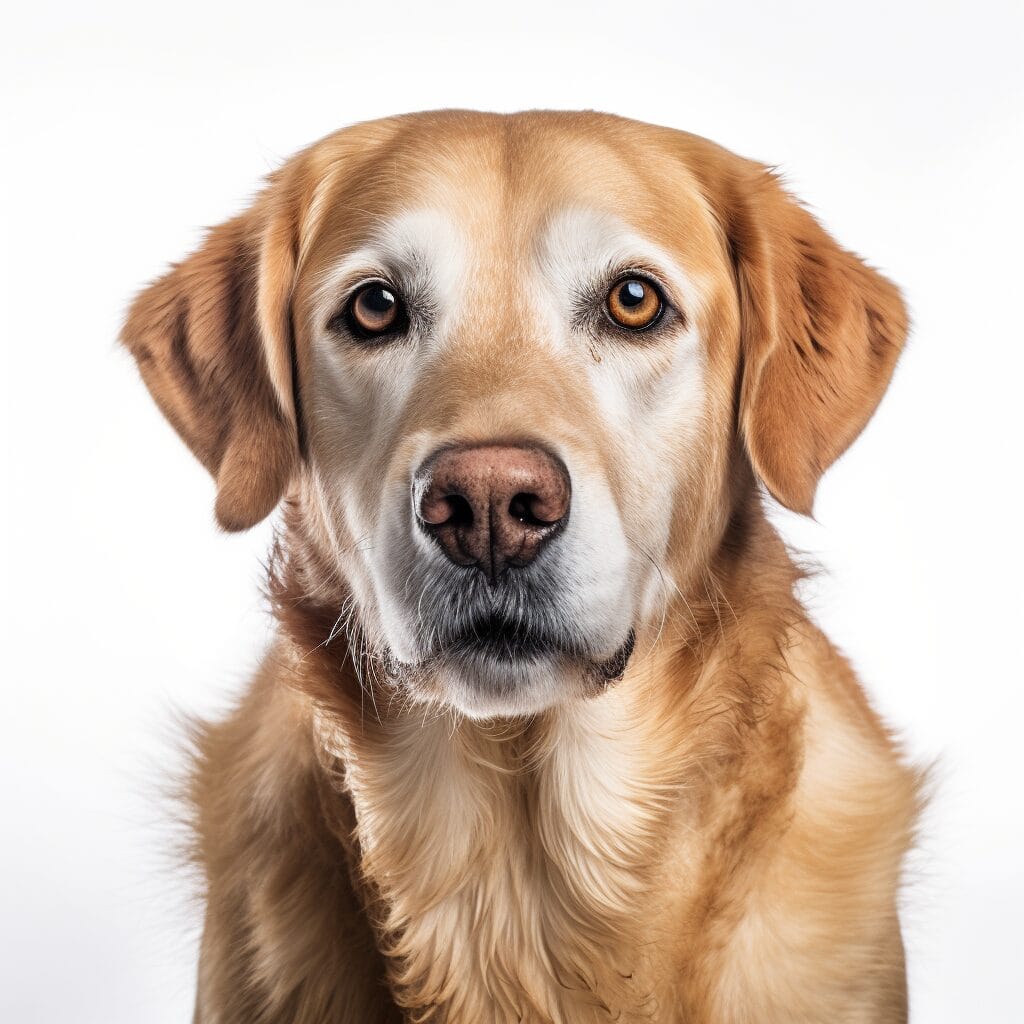
Adequate Hydration and Balanced Nutrition
Senior dogs require adequate hydration and a balanced nutrition to maintain their vitality. Proper hydration ensures that the dog’s bodily functions are running smoothly, while balanced nutrition provides essential nutrients for overall health. For instance, providing fresh water at all times and offering high-quality senior dog food can contribute to their well-being.
Ensuring that senior dogs have access to clean water throughout the day is crucial for preventing dehydration. Feeding them with specially formulated senior dog food containing appropriate levels of protein, fiber, vitamins, and minerals helps in maintaining their energy levels and supporting their aging bodies.
Proper hydration prevents issues such as urinary tract infections or kidney problems in senior dogs. Meanwhile, balanced nutrition supports muscle strength, joint health, and organ function.
Regular Veterinary Care
Regular veterinary care is essential for the vitality of senior dogs. Routine check-ups enable early detection of potential health issues before they escalate into serious conditions. By taking your senior dog to regular vet visits, you can ensure that any emerging health concerns are addressed promptly.
During these visits, veterinarians may conduct physical examinations and recommend preventive measures such as vaccinations or parasite control treatments tailored specifically for older dogs. Moreover, they can provide advice on managing age-related conditions like arthritis or dental problems.
By staying proactive with veterinary care for your senior dog, you’re actively contributing to maintaining its overall well-being by addressing any arising medical concerns promptly.
Environmental Enrichment and Social Interaction
Environmental enrichment involves creating a stimulating living environment that encourages mental engagement in senior dogs. This includes providing interactive toys or puzzle feeders designed for older pets along with comfortable resting areas where they feel secure.
Social interaction also plays a vital role in keeping senior dogs healthy – whether it’s spending quality time with family members or interacting with other pets if compatible. Engaging activities such as short walks around the neighborhood not only keep them physically active but also fulfill their social needs by exposing them to new scents and sights outside the house.
Understanding Individual Needs
Understanding individual needs is crucial when caring for senior dogs since each pet may have unique requirements due to age-related changes in their bodies. It’s important to tailor care routines based on these changes – this could involve adjusting exercise intensity according to mobility limitations or modifying diet based on specific dietary restrictions due to aging organs.
Summary
In conclusion, monitoring the signs of aging in senior dogs is crucial for maintaining their overall health and well-being. From weight management and physical activity to sensory changes and behavioral indicators, there are various aspects to consider when assessing the vitality of older dogs. By addressing oral, skin, and joint health, as well as cognitive function, pet owners can ensure a high quality of life for their aging companions. Understanding the factors influencing senior dog vitality empowers individuals to make informed decisions regarding their care and support.
Pet owners are encouraged to remain vigilant in observing these signs and consult with veterinarians for any concerns about their senior dog’s health. Implementing appropriate lifestyle adjustments and seeking professional guidance can significantly contribute to enhancing the longevity and happiness of aging canine companions.
Frequently Asked Questions
How can I recognize signs of aging in my senior dog?
As dogs age, they may show signs such as graying fur, decreased energy, and changes in appetite. Regular veterinary check-ups can help identify any age-related issues early on.
What are the key factors influencing senior dog vitality?
Nutrition, exercise, mental stimulation, and regular veterinary care all play crucial roles in maintaining a senior dog’s vitality. Proper management of these factors can contribute to a healthier and happier life for your older canine companion.
How do I assess my senior dog’s oral and skin health?
Regularly check your dog’s mouth for bad breath, tartar buildup, or red/swollen gums. For skin health, look out for lumps or bumps during grooming sessions. Any abnormalities should be promptly discussed with a veterinarian.
What are some behavioral signs of well-being in senior dogs?
A contented older dog may exhibit behaviors such as steady eating habits, enthusiasm for walks or playtime (albeit at a slower pace), responsive interaction with their owners, and overall alertness to their surroundings.
Why is weight management important for healthy senior dogs?
Maintaining an optimal weight helps reduce strain on aging joints and organs while also minimizing the risk of obesity-related health issues. A balanced diet tailored to meet the specific needs of older dogs is essential for their overall well-being.

